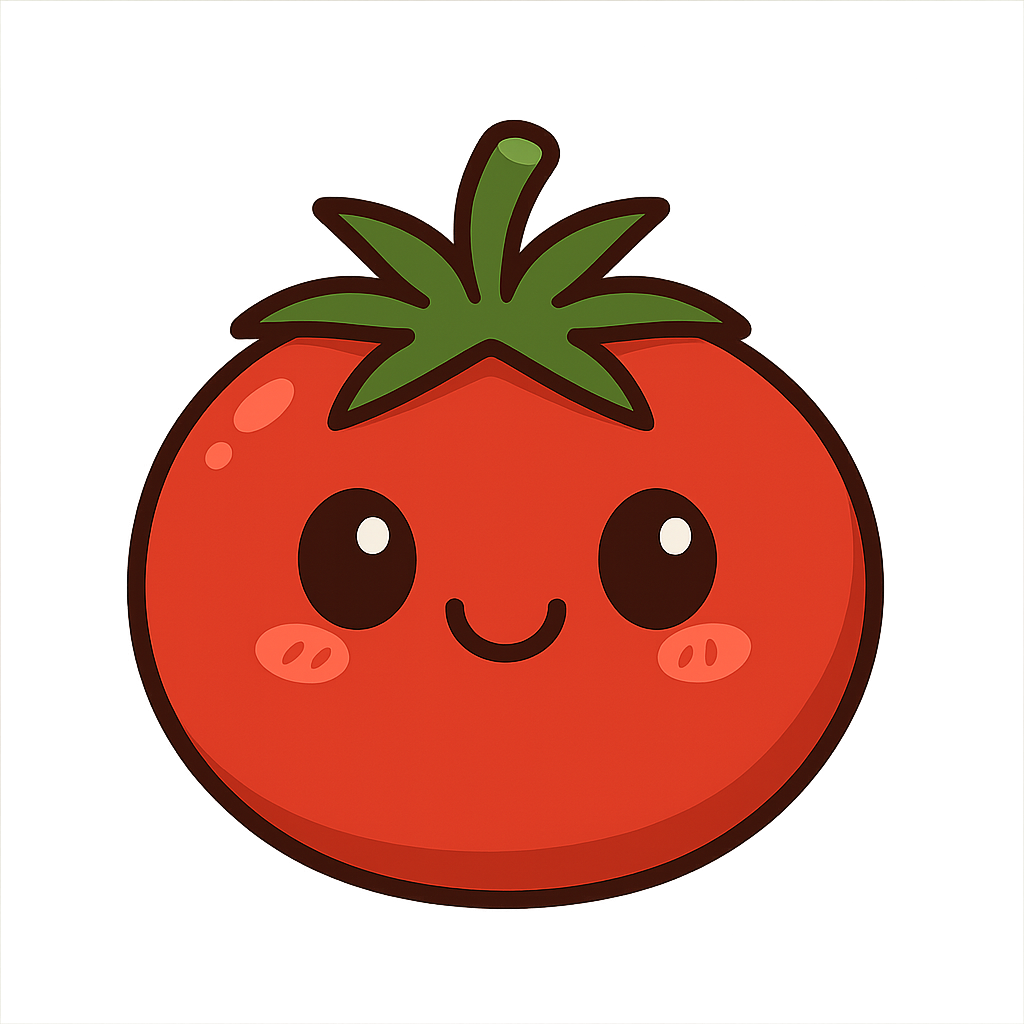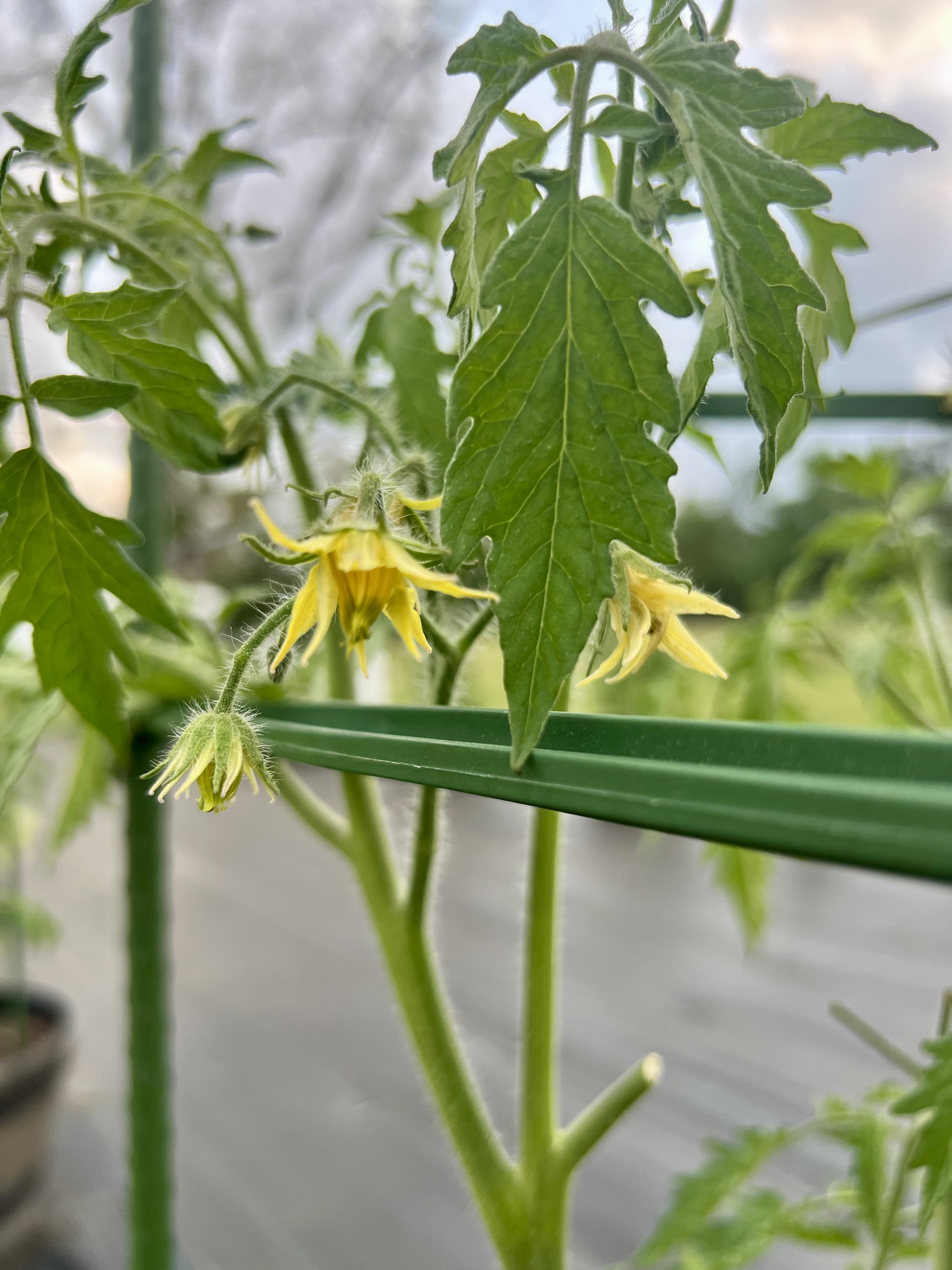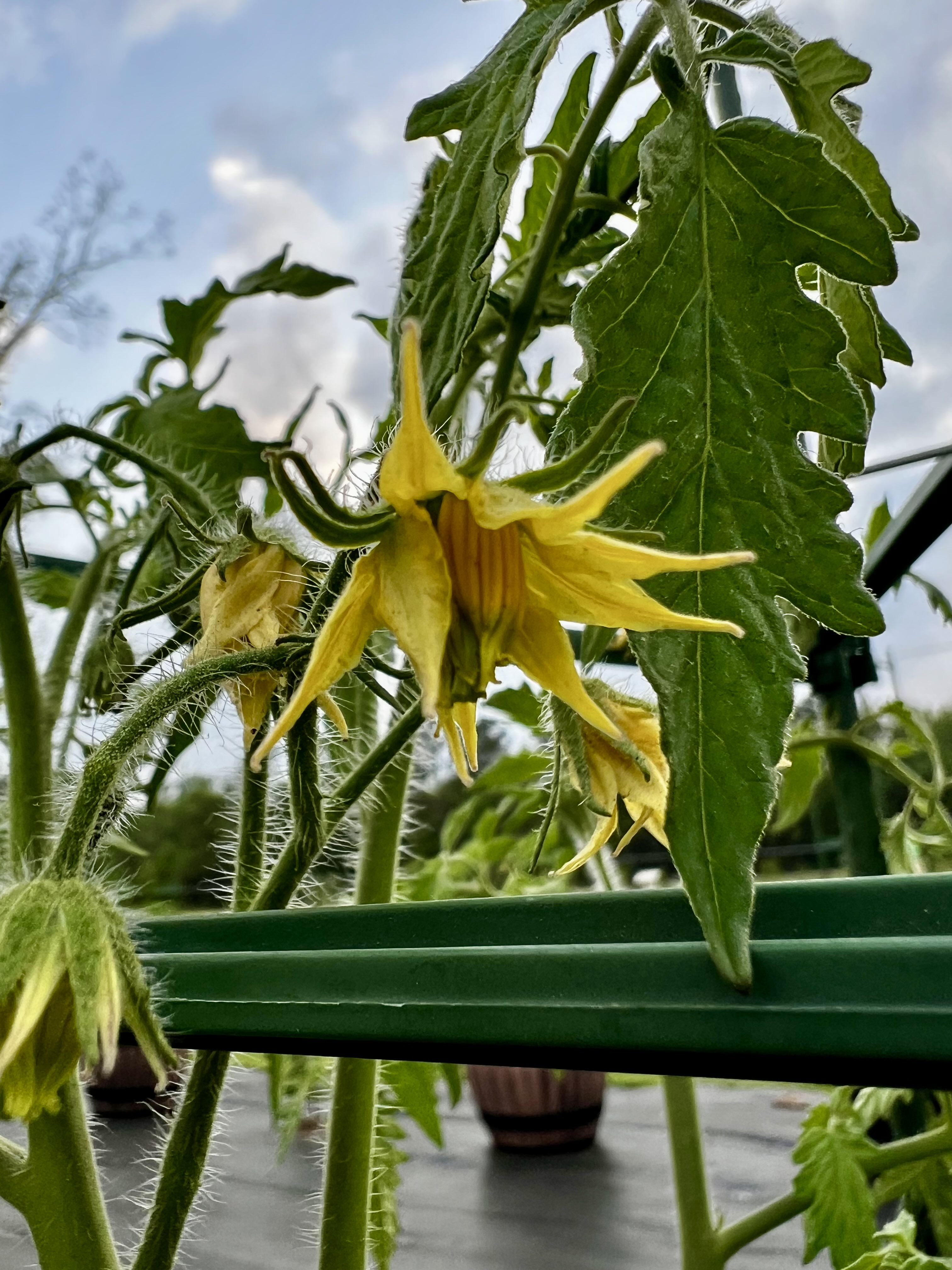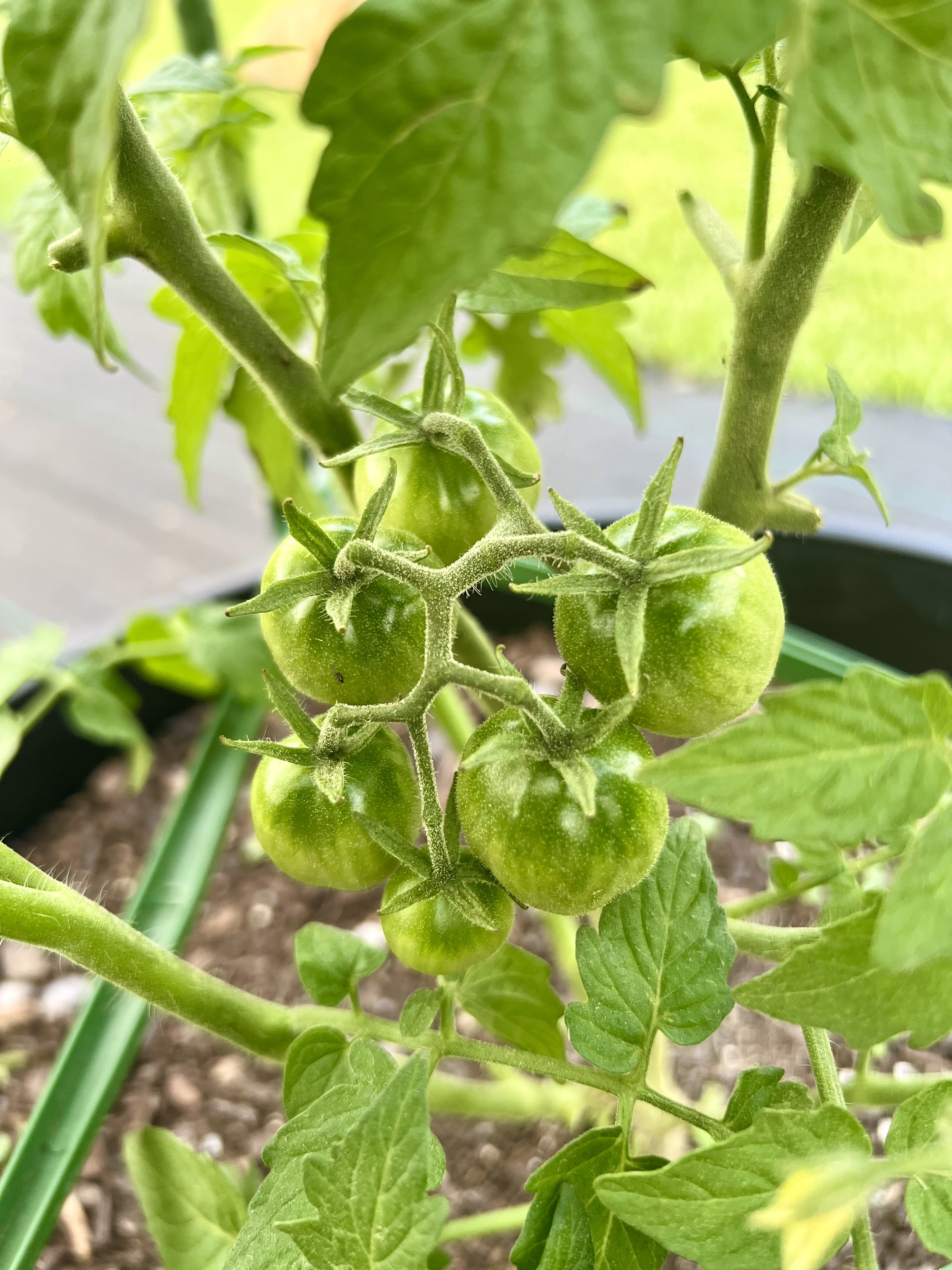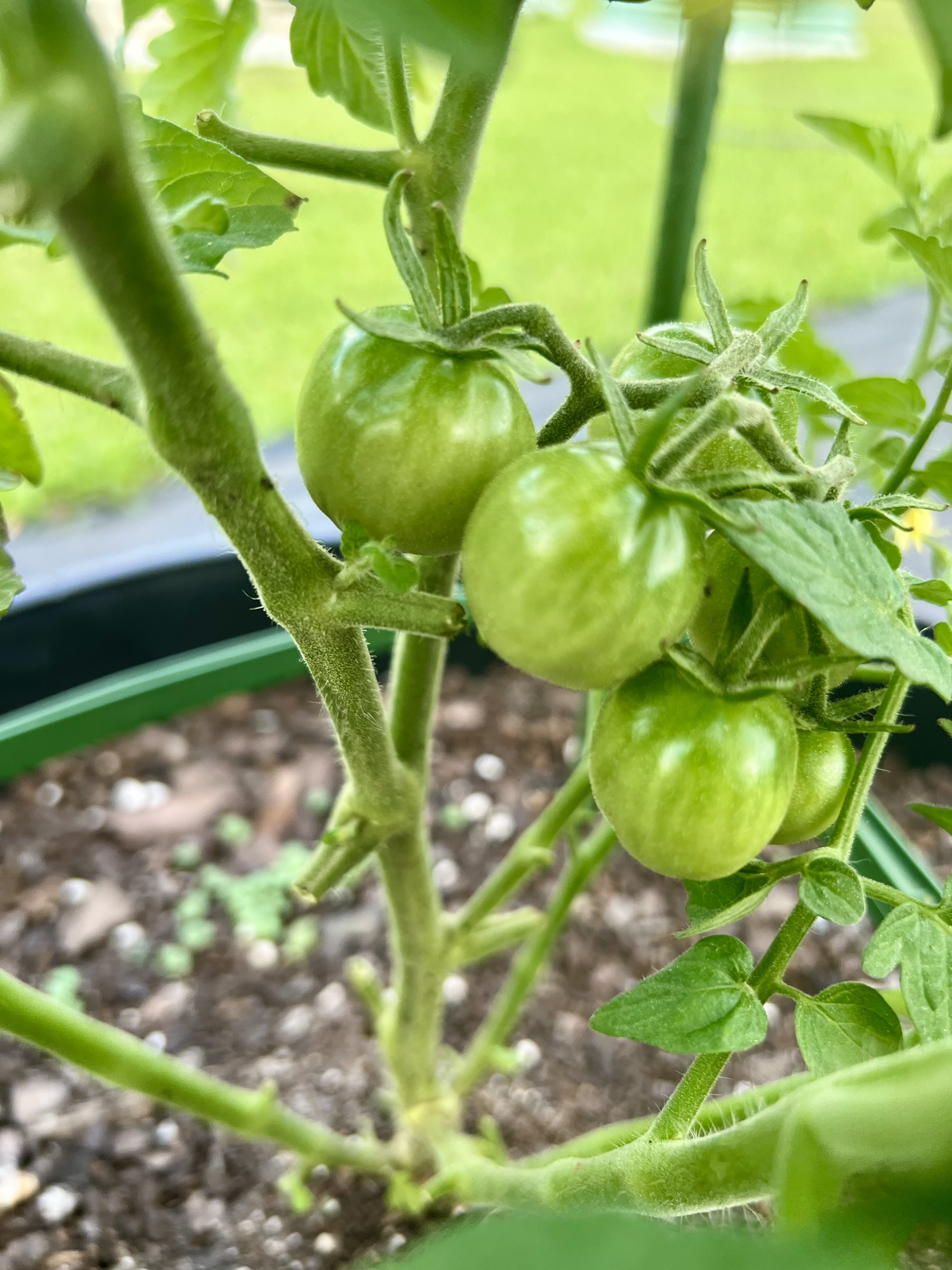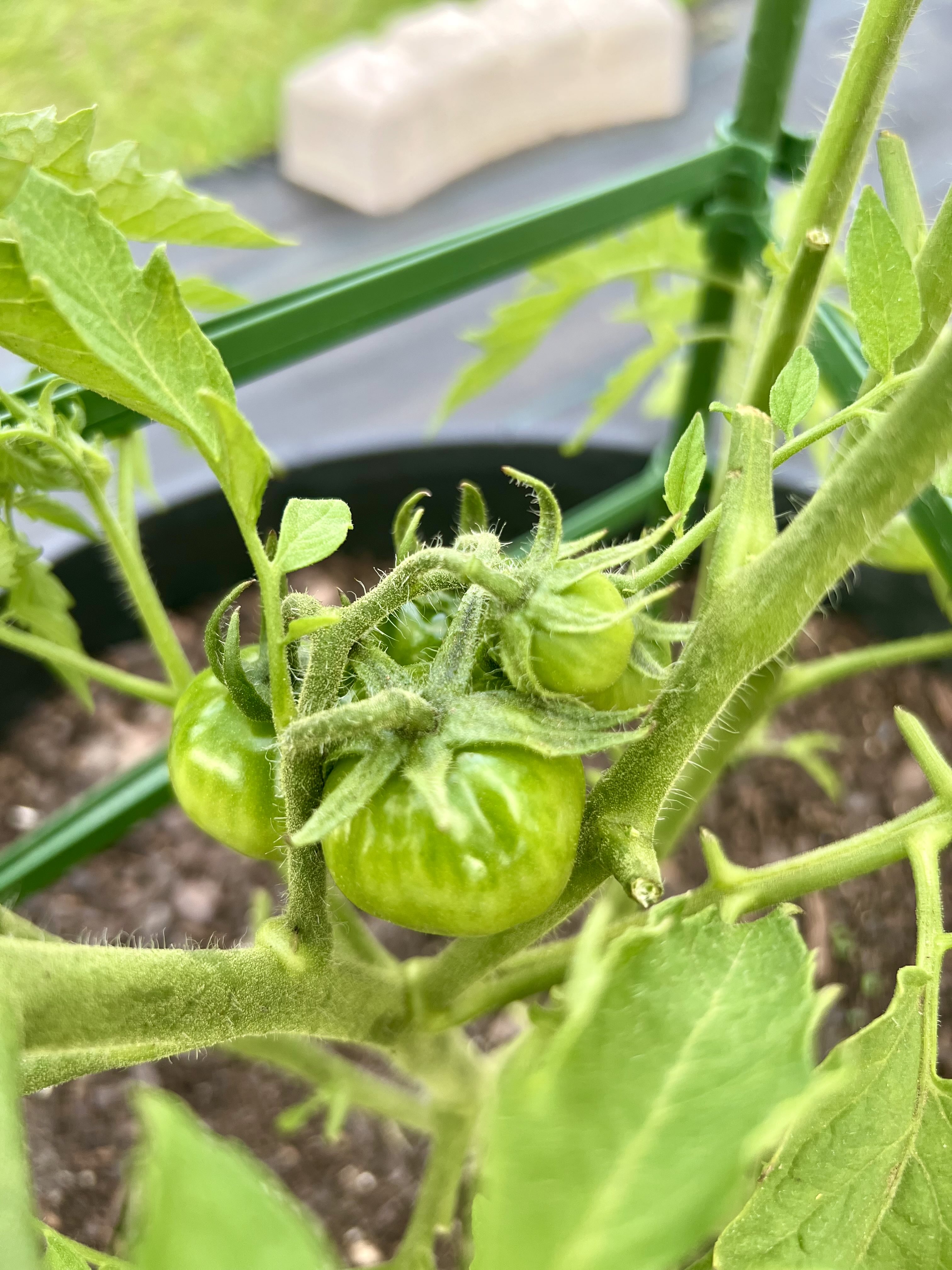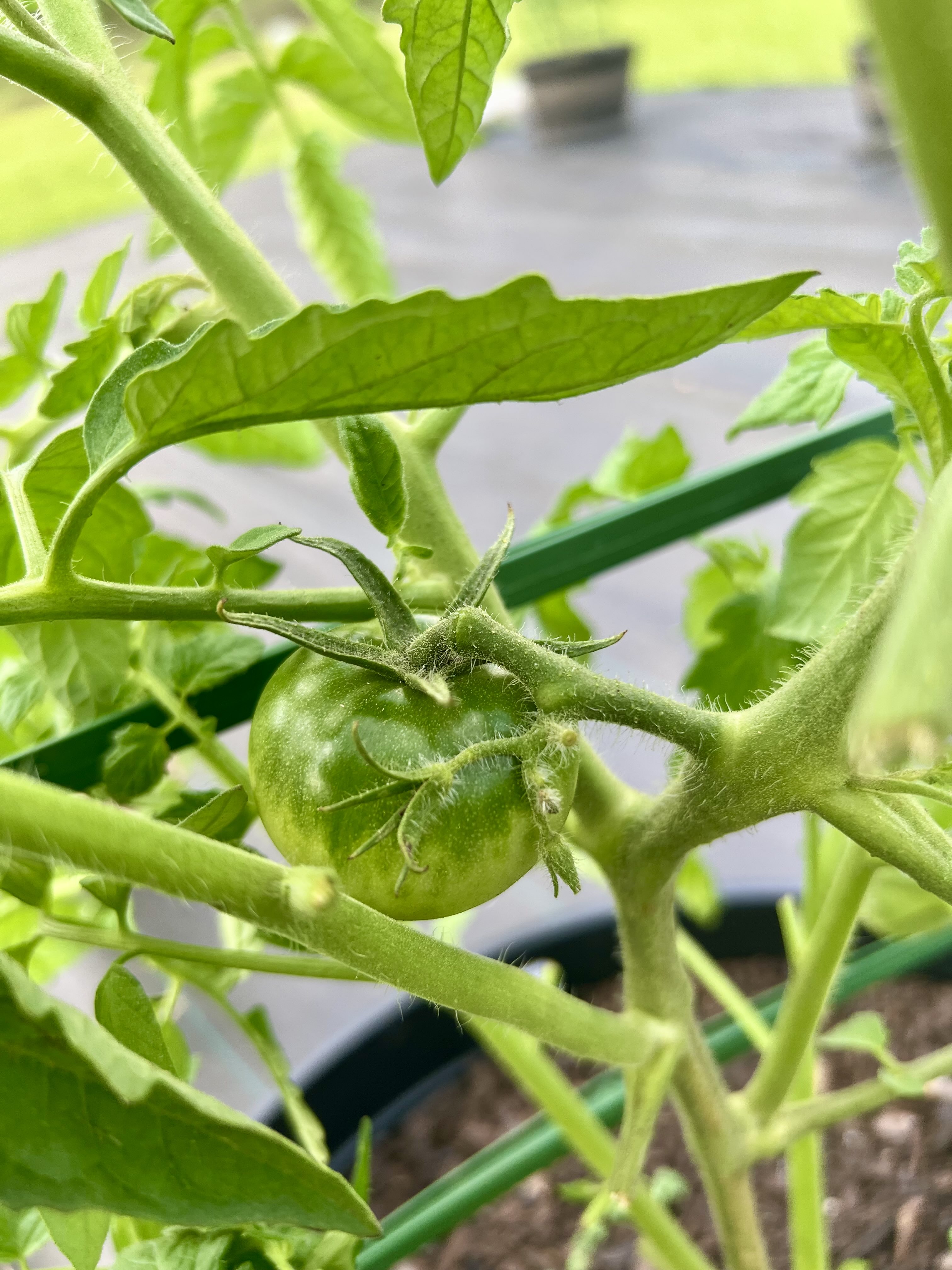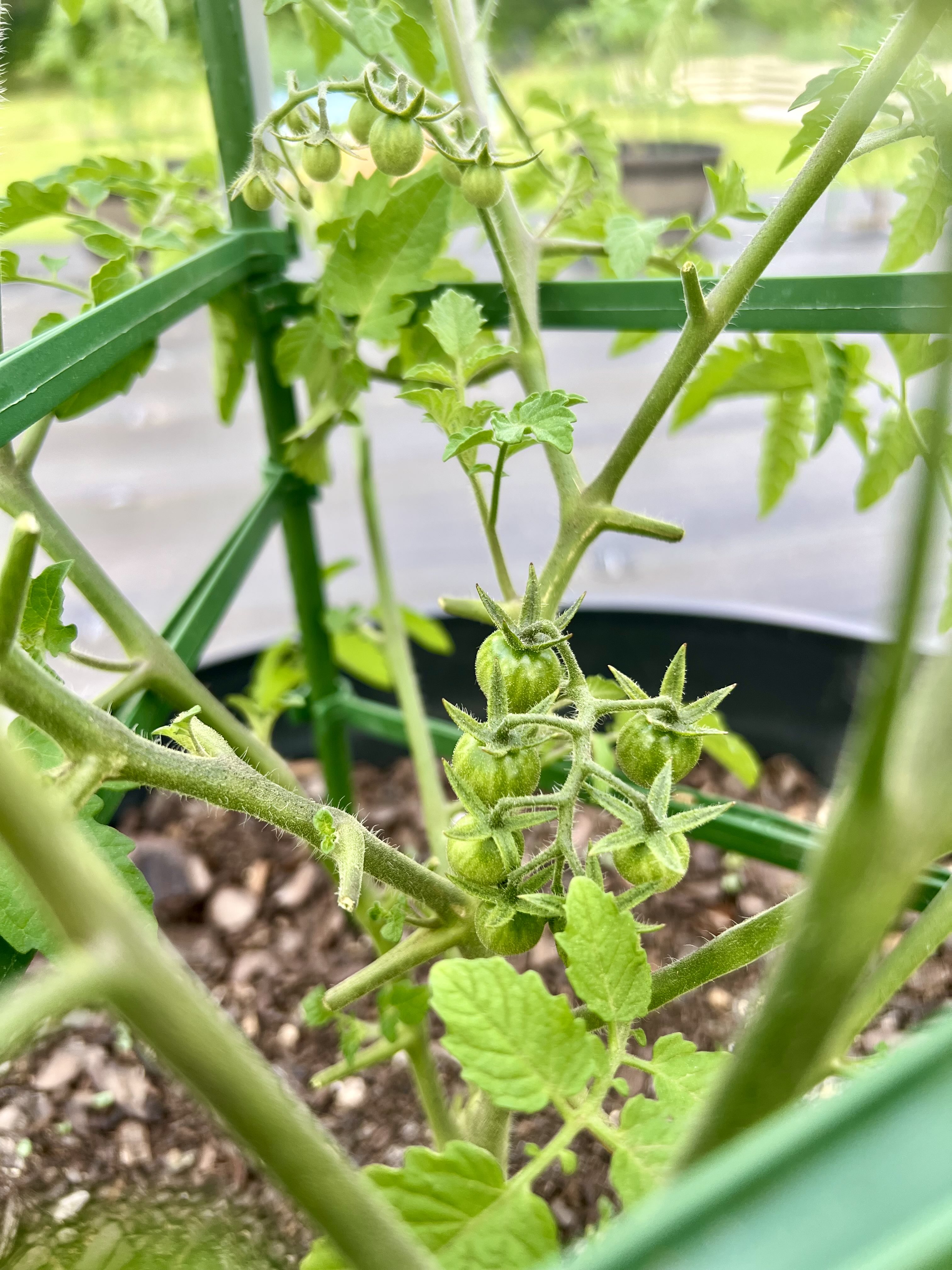This year, I decided to run a little experiment—just how early could I start my tomato plants and still get away with it?
I started all of them from seed indoors under grow lights around February 15th. I figured I’d get a head start, but I underestimated just how quickly they’d grow. In just a few weeks, I was already moving them into larger 2-quart pots. It wasn’t long before they started towering under the lights, clearly outgrowing their space.
That’s when I made the call to move them outside. It was still cool at night—dipping into the mid-40s—but I took the gamble. To my surprise, they didn’t mind the chill one bit. In fact, they thrived in it. Their growth didn’t slow, their color stayed vibrant, and they looked like they were loving the transition.
Soon enough, they outgrew even the 2-quart pots and had to be moved into their final containers—the big ones I use for the season. Things were going great... until the cold fronts rolled in. If you're from North Florida like we are, you know how unpredictable spring can be. We’ve seen a good frost show up as late as April, and right on cue, I could hear my wife’s voice echoing in my head:
"This is why we don’t start so early!"
She’s not wrong—but I had a hunch this year might be different.
I had to travel for a few days and wasn’t home when the coldest night hit. My weather station, just a few feet from the tomato beds, recorded a low of 35°F. I fully expected to come back to a scene of destruction—blackened leaves, wilted stems, or worse.
But what I found shocked me.
The tomatoes didn’t just survive—they looked untouched. Not a single leaf showed signs of cold stress. It was as if nothing had happened. No frostbite, no sulking, no setbacks. They just kept growing.
I can’t say for sure why they held up so well, but I’ve got some theories. Maybe the large black pots helped retain warmth through the night. Or maybe the black weed fabric underneath added a few degrees. Either way, this experience gave me a lot more confidence to push the limits of early planting here in Florida. If you’ve ever wanted to start your plants early—don’t be afraid to experiment. You might be surprised at just how resilient they are.
Here's a look at what types of tomatoes we are growing this year.
We are very excited in these varieties and can't wait to bring them to the market when they're ready!
Halladay’s Mortgage Lifter
🧬 Origin: Developed in the 1920s–30s by the Halladay family in the Kentucky/West Virginia region.
🍅 Type: Indeterminate beefsteak
🎨 Color: Pink
🍽️ Flavor: Meaty, classic old-fashioned tomato flavor
⚖️ Size: 1–2 lbs
Cartwright’s Mortgage Lifter
🧬 Origin: Created by M.C. "Radiator Charlie" Byles in the 1930s—he sold plants to pay off his mortgage!
🍅 Type: Heirloom, indeterminate, beefsteak
🎨 Color: Pink to reddish-pink
🍽️ Flavor: Balanced, slightly tart with a touch of sweetness
⚖️ Size: Often over 1 lb
Large Lucky Red
🧬 Origin: A modern off-type from the ‘Lucky Cross’ line, promoted by Craig LeHoullier
🍅 Type: Indeterminate beefsteak
🎨 Color: Bright red, flattened with rounded shoulders
🍽️ Flavor: Sweet, juicy, meaty, and very well-balanced
🌿 Foliage: Large, with potato-style leaves
⚖️ Size: 10–40 oz
Florida Special
🧬 Origin: Heirloom variety, described in the 1932 Maule’s Seed Annual
🍅 Type: Indeterminate
🎨 Color: Bright red, slightly flattened shape
🍽️ Flavor: Rich, firm, and meaty
🌱 Bonus: Resistant to blight and highly productive
⚖️ Size: Averages 9 oz
Dwarf Eagle Smilie
🧬 Origin: First release from the Dwarf Tomato Project’s “Teensy” family (cross between ‘Summertime Green’ and ‘Mexico Midget’)
🌿 Plant: Compact, ~5 feet tall
🍅 Type: Dwarf indeterminate
🎨 Color: Golden yellow
🍽️ Flavor: Sweet, sugary, intense “wow” flavor in a tiny package
⚖️ Size: 10–15 grams per fruit
🍇 Clusters: 8–10 tomatoes per cluster
Everglade
🧬 Origin: Native to Florida, especially the Everglades region
🍅 Type: Indeterminate
🎨 Color: Red, currant-sized
🍽️ Flavor: Very sweet and rich
💪 Bonus: Extremely hardy, heat-tolerant, pest/disease-resistant, and can even naturalize in the garden
🌱 Vibe: Will grow almost anywhere with sun and love
